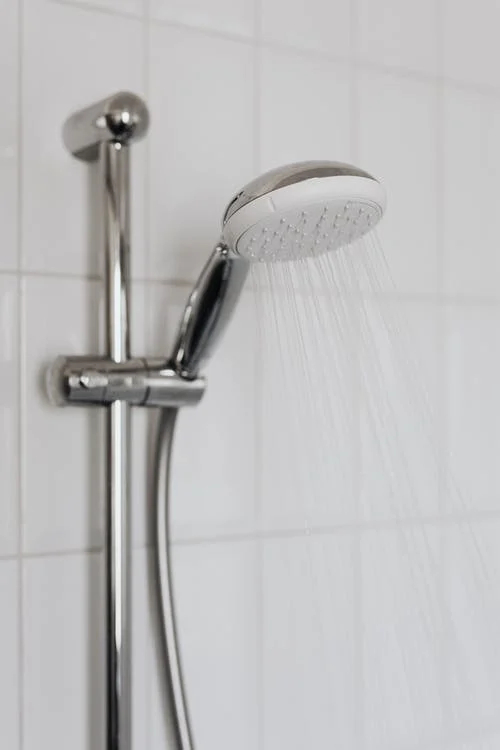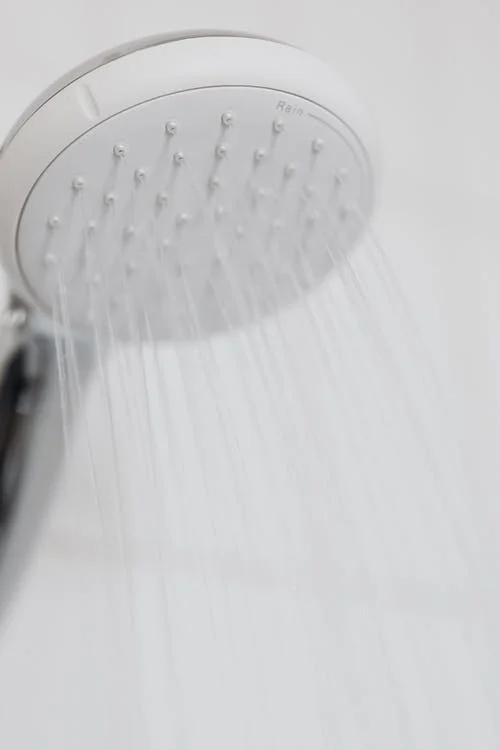How to Increase Water Pressure in your Shower
Jun 09,2021 | Vicky
No one wants to start the day by standing under a thin dribble of warm water. Washing in a weak shower takes ages, lathering-up is nearly impossible, and you’ll probably come out feeling like you should have had a bath instead. To understand the problem, you first need to know a bit about water pressure. Find out what’s causing the dribble first and you should be able to find out how to fix it.
Understanding your shower
- Electric showers on the mains water system
The benefit of an electric shower is that it is always ready to use, as the water is heated instantaneously within the system. The amount of hot water flow produced by an electric shower depends on the power rating, which is measured in kilowatts (kW). The higher the kW rating, the better the flow and force of water.
- Mixer and digital showers
These can be fitted to mains pressure systems or gravity fed systems. Mains pressure from a Combi boiler (or from an unvented system) will usually give you a decent flow in your shower. In gravity fed systems the water is supplied from a cold tank in your loft and from a hot water cylinder in your airing cupboard. Some systems use an internal pump to deliver pressure, but if not it’s all down to how high up your tank is.

Understanding water pressure
Water pressure is a measure of the force that carries your water through the pipes. Pressure is measured in ‘bars’ – with one bar corresponding to the amount of force needed to raise the water 10 meters. Every regional water company has to provide a minimum amount of water pressure to each home, but the exact amount of pressure you receive will depend on a number of factors, including how far you live from the water tower (or service reservoir), how hilly the surrounding area is, and how much water is currently being drawn by your neighbours.
If you start experiencing particularly low pressure from all of your taps, you might have a plumbing issue, so it’s worth calling a professional to check for any leaks. However, if you do have a low flowing shower that still works perfectly fine – you’re probably still receiving at least the minimum amount of pressure from your provider.
You might not have a plumbing problem, but you still have a dribbly shower to deal with…

What the problem could be
If the water pressure seems fine on the bathroom taps but low on the showerhead, the height of the shower could be slowing it down. If you have reasonably low pressure being delivered to your bathroom, even the journey up the hose of the shower attachment could be enough to slow the flow.
A cold-water storage tank in the loft above feeds a lot of showers in the UK, with gravity doing a lot of the hard work that the pipes can’t. However, building and height restrictions often mean this isn't always the best option.
A dirty showerhead is also a common culprit. Dirt and limescale can build-up in old pipes, and any obstructions will affect the flow of water. Most showers will also have a filter to protect them from pipework debris, and they can sometimes become partially blocked too. It’s also worth checking for any kinks or damage in your shower hose.
How to increase the pressure
If you want a stronger shower, you have a number of different options.
1) Before you do anything, make sure you clean your current showerhead and check the shower hose isn’t kinked or damaged, check the product filter (this might require taking the shower apart so worth calling a professional to do this). Make sure all the water isolators are fully turned on. If you’ve recently had any plumbing work carried out, the mains stopcock valve could be half closed, which would slow all the water flow in the house. If you’ve still got a shower pressure problem, it might be time to look at alternatives.
2) Sometimes, replacing your showerhead is all you need to do. Newer heads with clean insides, fresh hoses and unclogged spouts will usually make a bit of difference – and the fewer and finer the holes are in the head, the stronger the water will feel. If you’ve been suffering with a low-pressure shower for a while, try experimenting with an adjustable showerhead that gives you a few different spray options.
3) If you still want a stronger shower, you can sometimes fit a water pump or pressurised cylinder to your existing system to boost the flow. Mira shower pumps can deliver up to 60 litres of water per minute to give you a truly invigorating shower experience. It’s worth getting professional advice though, as not all existing shower installations can accommodate a pump.
4) A potential solution is to look into getting a power shower. Power showers use your hot and cold water supplies to feed the flow via an electrically driven pump. Designed to operate even with low-pressured water, manual and thermostatic power showers give you up to three times the flow – and up to three times the satisfaction compared to standing under a wet dribble.
Learn more about your shower system and make your shower experience even better
-1.jpeg?w=1699&h=1619)
.jpeg?w=2000&h=2000)



